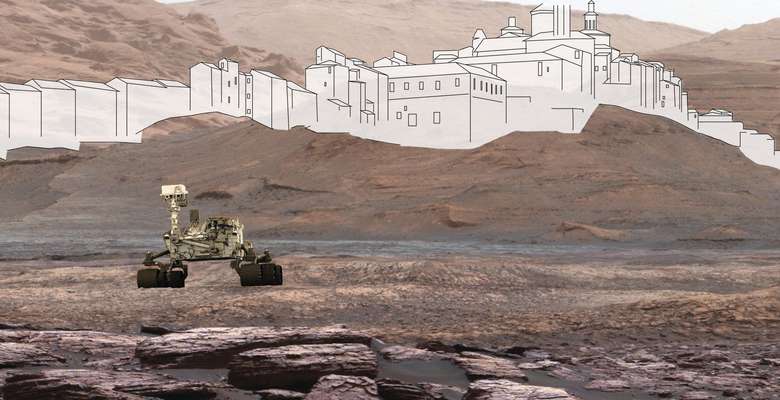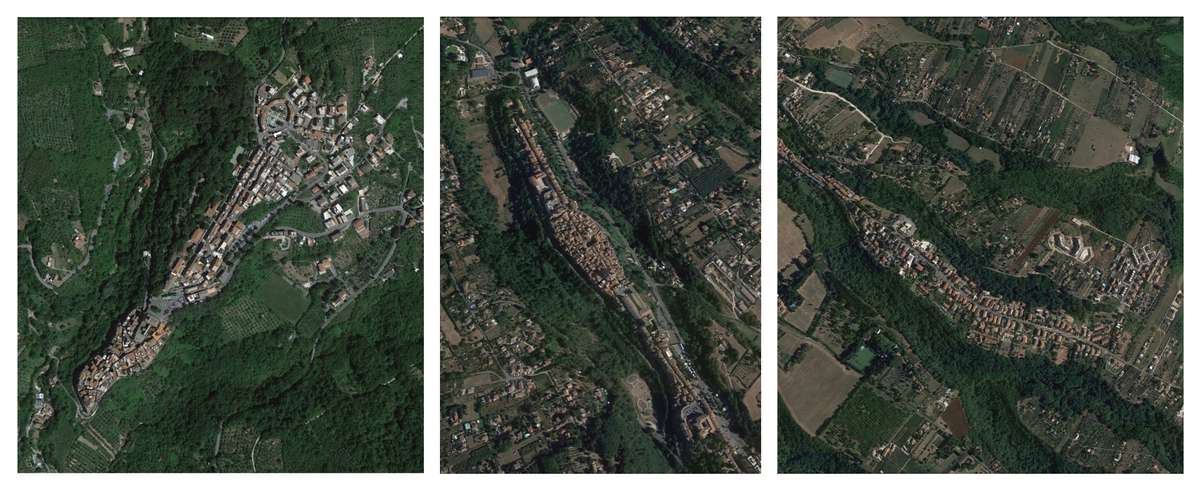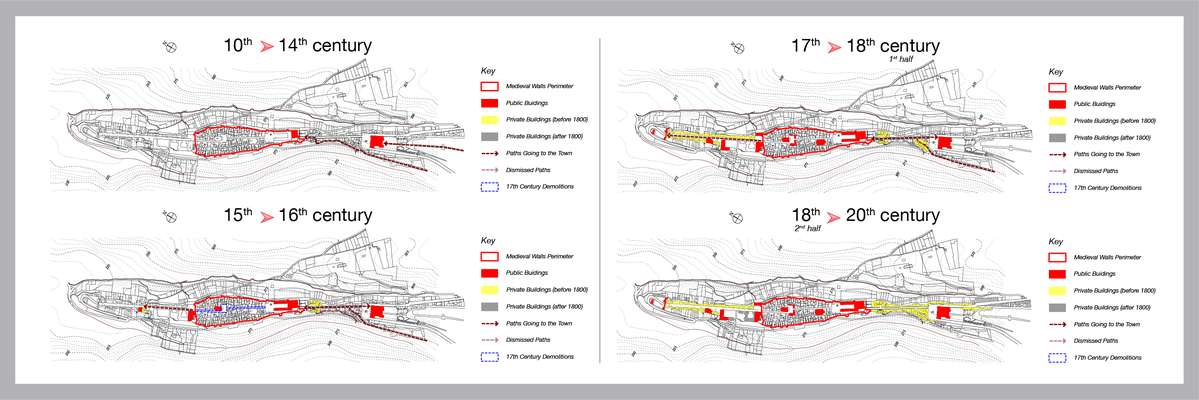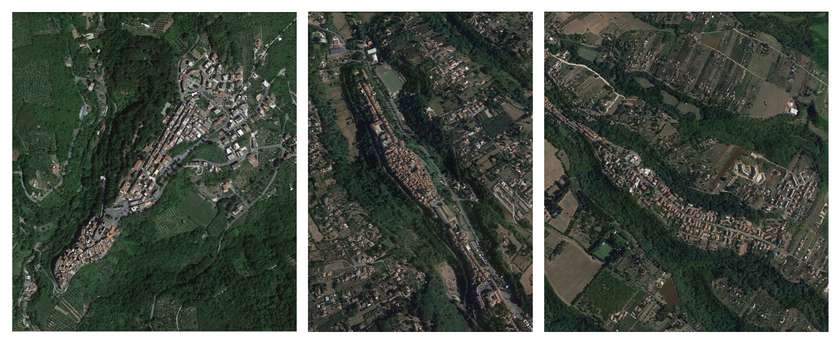Idea by
Francesco Barsanti
Francesco Barsanti
Call for ideas 2017
A day, we humans will live on Mars.
A day, we humans will live on Mars.

To settle on Mars, because of the time required for inputs to go from the Earth to there, we’ll need Robots working out of human supervision. So we’ll have to develop particularly advanced algorithms allowing them to respond to any unexpected issue.
We can use this opportunity to fix some steps in order to get to Algorithms-driven new settlements - using the rise of AI and Big Data.
We already have data: in example, large collections, for the most retrievable online, of Italian historical towns’ plans are perfect to serve as a wide database to rely on. Assigning numerical values to given elements which influence a settlement’s growth - as solar gain, proximity to water, proximity to commercial ways, terrain morphology and so on - plans would be easily readable by Machines to find recurrent patterns.
Once defined the Algorithm as above, we’d use AI to produce the most suitable settlement plan for a given topography. Humans’ role should be finally limited to minor refinements.

Screenshots from Google showing three historical towns belonging to the same family - grown on an oblong hill. Once defined an Algorithm based on typical factors influencing growth, Machines should be given plans of such settlements to let them learn to recognize such families and their evolution.

Evolution of an existing historical town. After a period of "data crunching", Machine should be able predict the settlement’s growth. Tests to verify their maturity could consist in submitting partially masked plans to get hypothesis on the growth; once reached requested accuracy, Machines would be ready to plan & build on Mars but even on the Earth.

The four steps to get Machines building on Mars: (1) defining an Algorithm encompassing different factors which influence settlement, (2) making Machines read plans of existing towns to internalize data, (3) testing the process submitting partially masked plans and topography of existing towns to get correct prediction on its evolution, (4) submitting Martian or Terrestrial topography and getting plans to be refined by Humans
A day, we humans will live on Mars.
A day, we humans will live on Mars.

To settle on Mars, because of the time required for inputs to go from the Earth to there, we’ll need Robots working out of human supervision. So we’ll have to develop particularly advanced algorithms allowing them to respond to any unexpected issue.
We can use this opportunity to fix some steps in order to get to Algorithms-driven new settlements - using the rise of AI and Big Data.
We already have data: in example, large collections, for the most retrievable online, of Italian historical towns’ plans are perfect to serve as a wide database to rely on. Assigning numerical values to given elements which influence a settlement’s growth - as solar gain, proximity to water, proximity to commercial ways, terrain morphology and so on - plans would be easily readable by Machines to find recurrent patterns.
Once defined the Algorithm as above, we’d use AI to produce the most suitable settlement plan for a given topography. Humans’ role should be finally limited to minor refinements.

Screenshots from Google showing three historical towns belonging to the same family - grown on an oblong hill. Once defined an Algorithm based on typical factors influencing growth, Machines should be given plans of such settlements to let them learn to recognize such families and their evolution.

Evolution of an existing historical town. After a period of "data crunching", Machine should be able predict the settlement’s growth. Tests to verify their maturity could consist in submitting partially masked plans to get hypothesis on the growth; once reached requested accuracy, Machines would be ready to plan & build on Mars but even on the Earth.

The four steps to get Machines building on Mars: (1) defining an Algorithm encompassing different factors which influence settlement, (2) making Machines read plans of existing towns to internalize data, (3) testing the process submitting partially masked plans and topography of existing towns to get correct prediction on its evolution, (4) submitting Martian or Terrestrial topography and getting plans to be refined by Humans